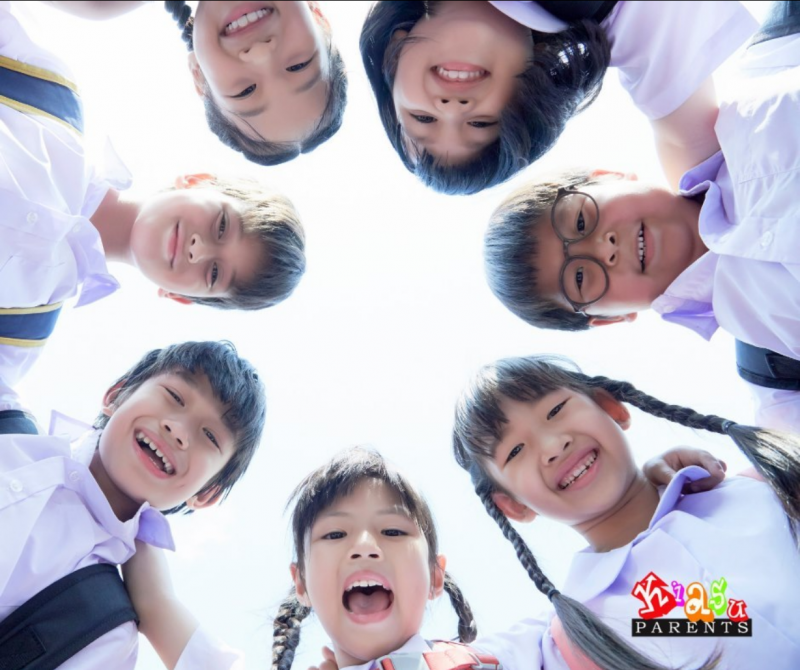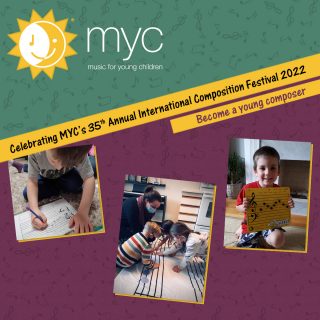P1 Registration 2022: “What Will I Lose By Not Choosing My Alma Mater?” And Other Questions You Were Too Afraid To Ask!
Submitted by Advertiser KiasuParent

Primary 1 registration in Singapore typically only starts in late June, but if you have a child to register this year, you’re probably considering your options now!
Recently, we’ve seen a couple of articles in the media, addressing parents’ questions such as “Should I enrol my child in my alma mater or a nearby school?” and “Is it a ‘waste’ not to enrol my child in my alma mater?”
For parents in our KSP community, we’re sure that you have plenty of questions too. In fact, did you know that our “2022 P1 Registration Exercise for 2023 Intake” forum thread has been active since 2019? It’s proof that our members really do think ahead!
Too busy to read our forum discussions? We’ve listed some common (as well as interesting) P1 registration questions below. To help you along, we’ve also shared our thoughts and provided links to resources, where available.
We hope you will find this P1 registration guide useful, and wish you all the best as you make a momentous decision for your child later in the year!
How does P1 registration work?
Here’s the good news, the P1 registration process is fully online now!
If you’re completely new to this, here’s the first thing you need to know: P1 registration is conducted over several phases. Phases 1 to 2C Supplementary are for children who are Singapore Citizens and Permanent Residents:
Phase 1 is for a child who has an older sibling already studying in the primary school that you are registering at. All children registered under this phase are guaranteed places in the schools.
Phase 2A is for a child:
- Whose parent or sibling is a former student of the primary school.
- Whose parent is a member of the School Advisory or Management Committee.
- Whose parent is a staff member of the primary school.
- From the MOE Kindergarten under the purview of—and located within—the primary school.
Phase 2B is for a child:
- Whose parent has joined the primary school as a parent volunteer by 1 July of the year before P1 registration—and volunteered at the school for at least 40 hours, by 30 June of the year of P1 registration.
- Whose parent is a member endorsed by the church or clan connected with the primary school.
- Whose parent is endorsed as an active community leader.
Phase 2C is for a child who hasn’t registered, either by choice or due to ineligibility for the previous phases.
Phase 2C Supplementary is for any child who is not yet registered for a primary school after Phase 2C.
If your child is an international student, you will need to register him or her in Phase 3.
Are there P1 registration changes that will take effect in 2022?
Yes there are! Although you may feel anxious about this, know that it’s for a good cause — to create a fairer school admissions system, where more children with no prior connections to a school can secure a place in a school near their home.
In a nutshell, here’s what’s new:
- Home-school distance will be calculated slightly differently — it will be based on a boundary around the school, instead of a single point.
- There will be more places reserved for Phase 2C.
- There will be a simpler (but more competitive) Phase 2A, where a school’s alumni members no longer have a registration advantage.
We have an article on our site that discusses these changes in detail, and you can read it here.
How many places will be left after each P1 registration phase?
For our math-loving parents, here’s what you should know:
In every primary school, there will be 60 reserved places — 20 for Phase 2B and 40 for Phase 2C. In addition to these reserved places, one-third of any remaining vacancies at the end of Phase 2A will be allocated to Phase 2B, and two-thirds will be allocated to Phase 2C.
If you’ve managed to absorb all that, here’s how you can calculate the number of places remaining after each phase:
Phase 1: Everyone who applies gets in!
Phase 2A vacancies: Total vacancies − 60 − Phase 1
Phase 2B vacancies: 1/3 (Total vacancies − 60 − Phase 1 − Phase 2A) + 20 reserved places
Phase 2C: 2/3 (Total vacancies − 60 − Phase 1 − Phase 2A) + 40 reserved places
Phase 2C(S): Whatever remains after Phase 2C
What information and documents are needed for P1 registration?
Basic information that you will need for the online registration includes:
- Your child’s full name
- Your child’s birth certificate number
- Your child’s date of birth
- Your address, email, and other contact details
You may be asked to supply additional documents if you:
- Are living overseas
- Are applying under Phases 2A and 2B, and need to show proof of eligibility for these phases
- Have an alternative childcare arrangement
- Have just purchased a new property
- Are divorced/separated
- Have decided to withdraw your school registration in an earlier phase
You will also need to email your child’s immunisation records to the school upon request. For the most accurate information on the required documents, do refer to the MOE website.
Where do I find P1 registration statistics like balloting risk and historical data?
For parents who want to make sound decisions based on hard facts and not hearsay, you’ve come to the right place. We’ve got plenty of data-based insights for you here at KSP, thanks to our Chief Kiasu!
To find out which schools will most likely see balloting during the 2022 registration process — even at Phase 2A — read our risk analysis here.
Our Chief Kiasu has also been hard at work delivering detailed 2022 Phase 2A projections for schools, by neighbourhood, and you can browse these articles here.
I’ve just bought a new home. Is my new address valid for this year’s P1 registration?
Yes, you can use the new address if you can produce evidence from the relevant authority that you have committed to the purchase of the property. If you are still in the midst of completing the purchase at the point of registration, these are the documents that you’ll need:
- For HDB flats: a printout of the resale flat status from the HDB Resale Portal. It must indicate that HDB has received your application to buy a resale flat.
- For private property: the exercised Option-To-Purchase (OTP) and buyer’s Stamp Duty Certificate.
You’ll also need to sign a letter of undertaking (LOU), stating that you will move into your new property by the start of your child’s P1 admission year. The school will email this to you, as well as give you more details.
Do note that a child who secures a school place through the home-school distance category priority using the address of a resale property must stay at the new address for at least 30 months starting from the start of the child’s P1 admission year.
For more answers to such questions, browse the Ministry of Education’s FAQs on home-school proximity. To find out if you can register using a family member’s address (e.g. a grandparent, or one of your siblings), you’ll need to read up about the Alternative Care Arrangement Declaration.
What are some considerations for choosing my alma mater, or a primary school with affiliation?
Here’s the truth: no one can tell you whether a school will work for you, as there are too many factors that will shape your child’s school experience. You have probably heard about parents who have decided to forgo their alumni ‘advantage’ with no regrets, and you should keep those stories in view when making your own decision.
Having alumni status does give you an easier time during the registration process, as your child will be more likely than not to get in. If it is primarily the distance factor that is causing you to pause, there are school bus services available, so you will have to decide if the commute and associated costs are worthwhile. If it’s a matter of affordability, then you should definitely pick a nearby school.
In terms of networking, your child may or may not feel the benefits of the school network in the future; that’s not something that anyone can predict. But schools with strong alumni networks tend to have a ‘family’ atmosphere, where parents are active volunteers and look out for everyone, not just their own children. In the immediate future, you will be the one to tap into your school network rather than your child — beyond sharing tutor/enrichment contacts, you can seek expert advice from other professionals in the network, and also benefit from career opportunities shared among trusted peers. Such camaraderie is possible in any school — but in newer schools, parents may need to step up more to build school spirit.
You should also be aware that ‘alumni status’ and ‘affiliation’ are two separate matters. Some popular schools such as Henry Park and Raffles Girls’ Primary are not affiliated to any secondary schools.
About 20% of Singapore’s primary schools have an affiliated secondary school, and many of these primary schools are well-known and considered popular. Having an affiliation safety net does make the Primary School Leaving Examination more stress free, and you can read more about this here.
How do I check on the P1 registration status or results?
You will be notified of your registration results through SMS. If you do not receive a message by noon on the results announcement day of your phase, you can contact the school in the afternoon.
I’ve changed my mind! Can I withdraw my P1 registration application?
The MOE advises parents to discuss and decide on their school choice before submitting an online application. This is to avoid the need for withdrawals, which may lead to delays or missing a registration phase and not getting your preferred school for your child.
But if you wish to find out more about withdrawals, you can read about amending your registration here.
Is there a P1 registration waiting list?
You should check on this directly with your schools of interest — some primary schools allow you to sign up for their waiting lists through their websites.
How does P1 registration work for twins?
From what we understand, you will fill in a single application form, even if you have more than one child eligible for primary school in the year. The form is slightly different for each phase, and may change from year to year, so it’s best to call the MOE hotline if you have any questions on this.
If you have registered your twins (or triplets) in the same school and there is balloting, your children will be treated as one application. This means that all your children will be admitted to the school if one of them is successful in getting a place after the computerised balloting.
